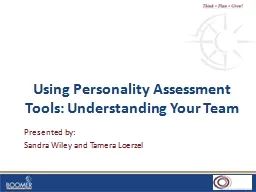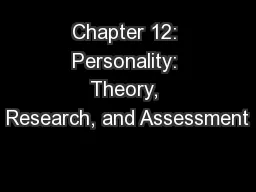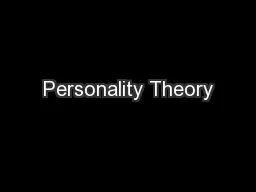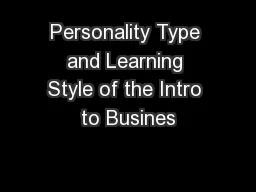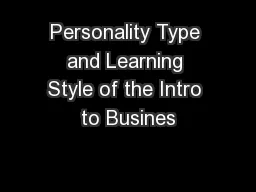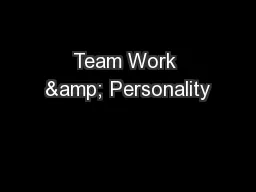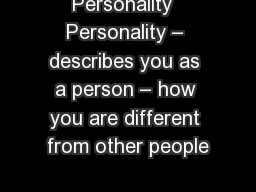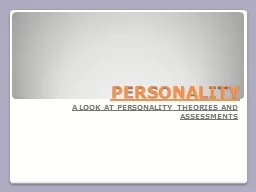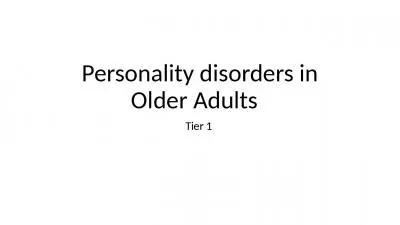PPT-Using Personality Assessment Tools: Understanding Your Team
Author : jane-oiler | Published Date : 2018-09-23
Presented by Sandra Wiley and Tamera Loerzel Speakers Agenda Identifying Personality and Instinctive traits How and Why Common assessment tools to help you identify
Presentation Embed Code
Download Presentation
Download Presentation The PPT/PDF document "Using Personality Assessment Tools: Unde..." is the property of its rightful owner. Permission is granted to download and print the materials on this website for personal, non-commercial use only, and to display it on your personal computer provided you do not modify the materials and that you retain all copyright notices contained in the materials. By downloading content from our website, you accept the terms of this agreement.
Using Personality Assessment Tools: Understanding Your Team: Transcript
Download Rules Of Document
"Using Personality Assessment Tools: Understanding Your Team"The content belongs to its owner. You may download and print it for personal use, without modification, and keep all copyright notices. By downloading, you agree to these terms.
Related Documents

